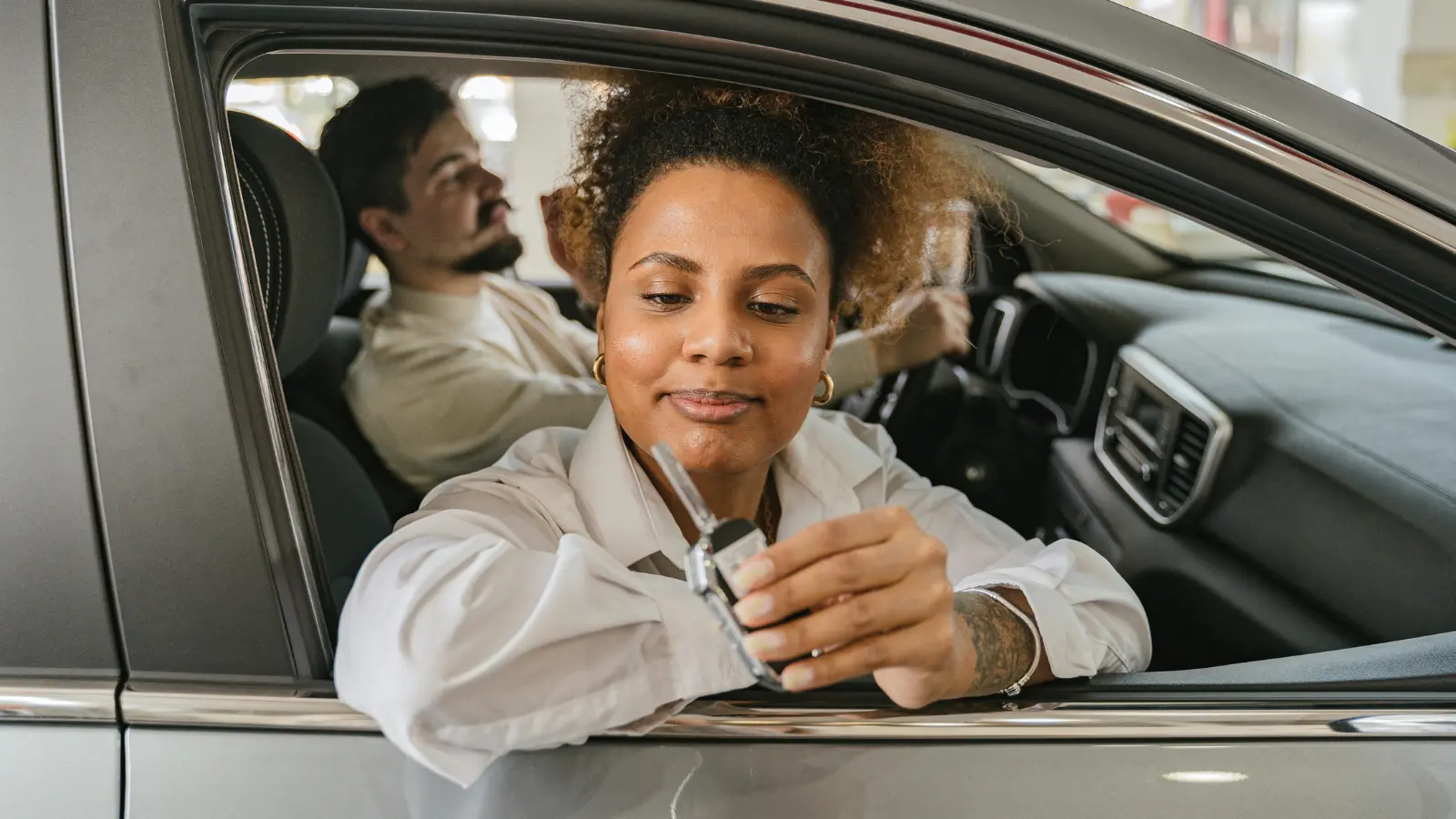Simple Habits That Maximize Every Gallon
Driving a fuel-efficient vehicle is a smart way to save money, lower emissions, and reduce your impact on the environment. But getting the most from your car depends not just on what you drive, but how you drive it. These practical tips can help you stretch every gallon and protect your vehicle for the long haul.
Read the Owner’s Manual
Your owner’s manual is more than a reference guide. It contains the automaker’s recommendations for tire pressure, oil type, fuel grade, and scheduled maintenance. These details help your car run efficiently and safely. Whether you drive a gas-powered compact or a hybrid crossover, following these guidelines can make a noticeable difference in fuel use.

Use Eco Mode If Available
Many newer vehicles come with an Eco Mode setting. When activated, this mode adjusts acceleration, air conditioning, and transmission behavior to prioritize fuel savings. While performance may feel slightly reduced, the benefits to fuel economy are especially noticeable in stop-and-go traffic or around town.
Accelerate Gently and Drive Smoothly
Fast starts and hard stops use more fuel. Try to accelerate gently and anticipate traffic so you can slow down gradually. Maintaining a steady speed saves energy and provides a smoother ride. Using cruise control on highways can also help maintain consistency and boost your mileage.
Keep Your Speed in Check
Most vehicles operate at peak fuel efficiency at around 50 miles per hour. Speeds above that increase air resistance and reduce miles per gallon. Reducing highway speed from 75 to 65 miles per hour can improve fuel economy by up to 20 percent.
Avoid Idling When Possible
Idling your vehicle consumes fuel without moving the car. If you are stopped for more than a minute, consider turning off the engine. Modern cars restart quickly and efficiently, so turning off the ignition saves more fuel than leaving the car running.

Look Ahead and Use Momentum
Paying attention to the road ahead allows you to coast to stops instead of braking hard. Gradually slowing down saves energy and reduces wear on your brakes. It also improves your fuel economy and gives you more time to react to changing traffic conditions.
Reduce Weight and Wind Resistance
Extra weight requires more energy to move. Remove unnecessary items from your trunk or cargo area. Roof racks and cargo boxes create drag, which increases fuel use. If you are not using them, it is best to take them off the vehicle.
Follow a Regular Maintenance Schedule
Keeping your car well maintained improves efficiency. Check tire pressure monthly, change your oil as recommended, and replace air filters on time. A properly tuned engine uses fuel more efficiently and emits fewer pollutants.
Monitor Your Fuel Use
Use your vehicle’s trip computer or fuel economy display to track your driving habits. Watching your average miles per gallon in real time can help you identify opportunities to improve. Many drivers reduce fuel use by 10 to 25 percent simply by adjusting based on this feedback.
Fuel Your Knowledge
See how efficiency impacts the true cost of ownership:
← Go Back: Maintaining a Fuel-Efficient Vehicle
Discover Next: Understanding the Total Cost of Owning a Fuel-Efficient Vehicle→












